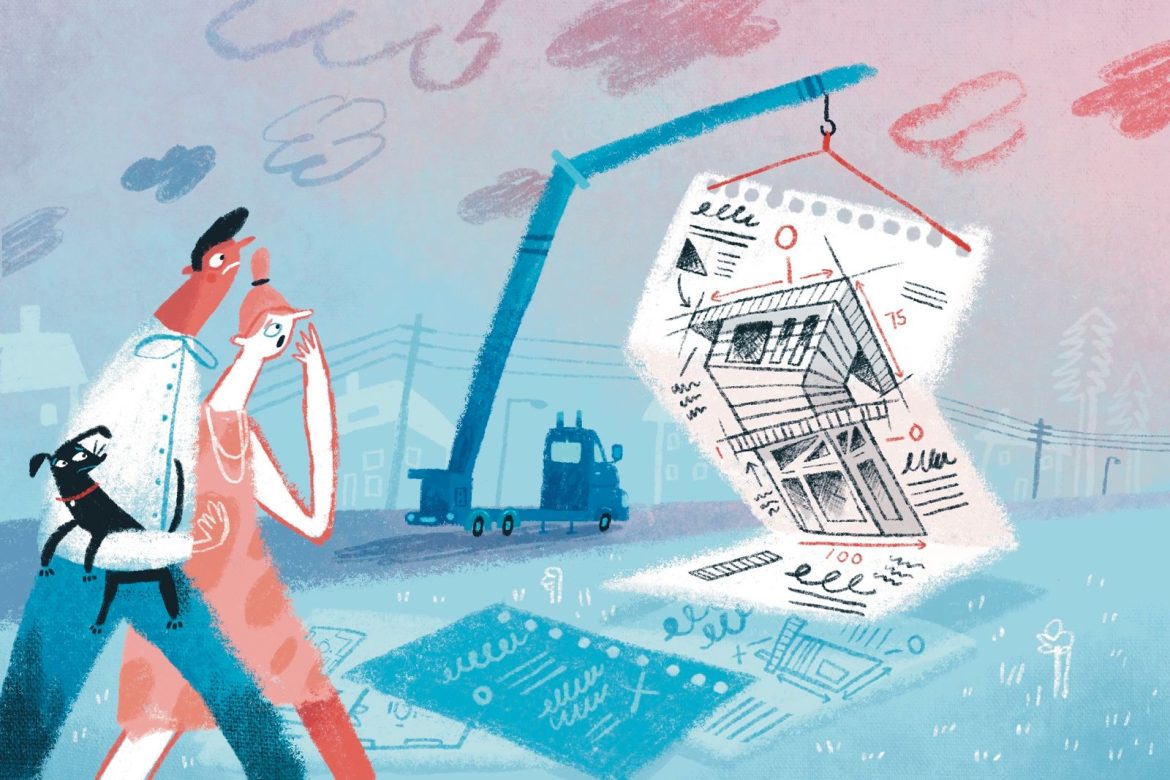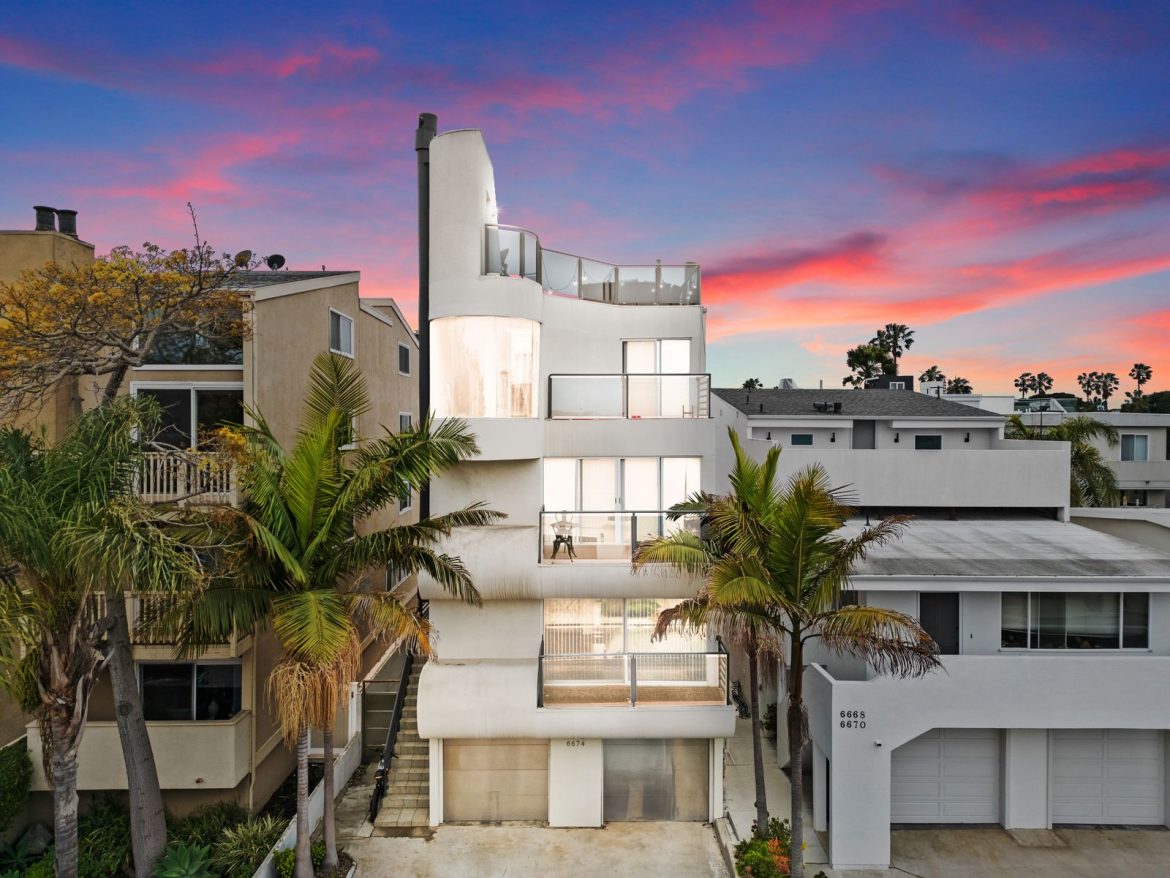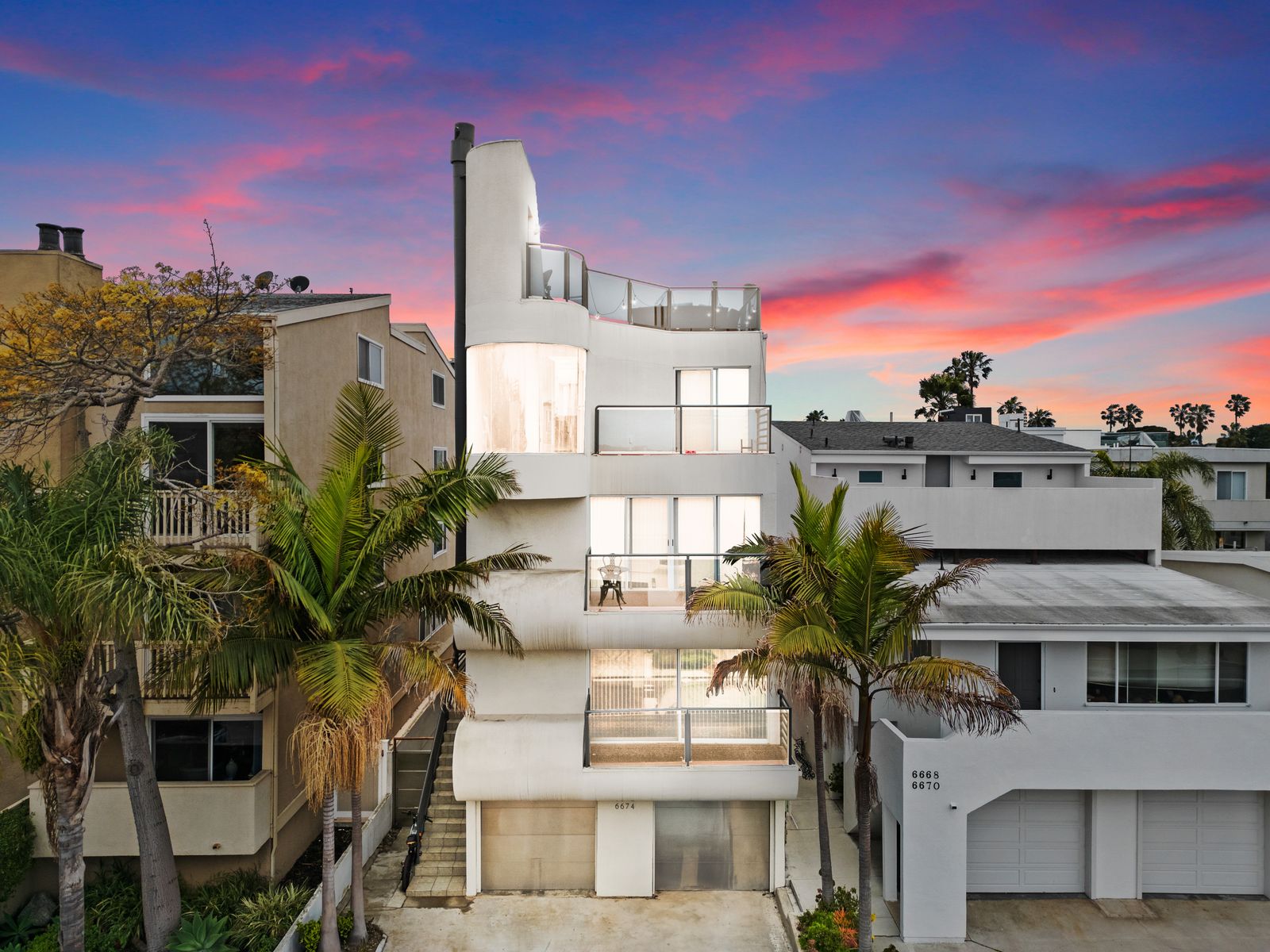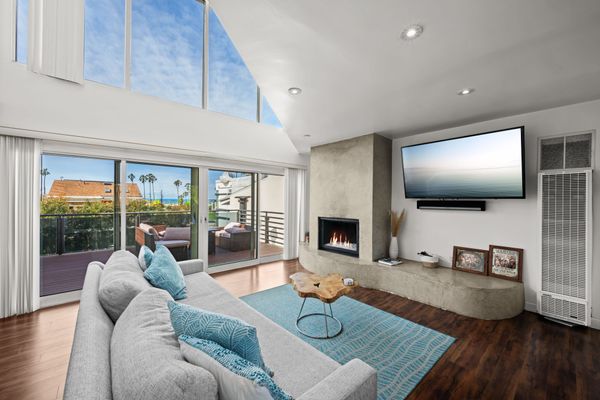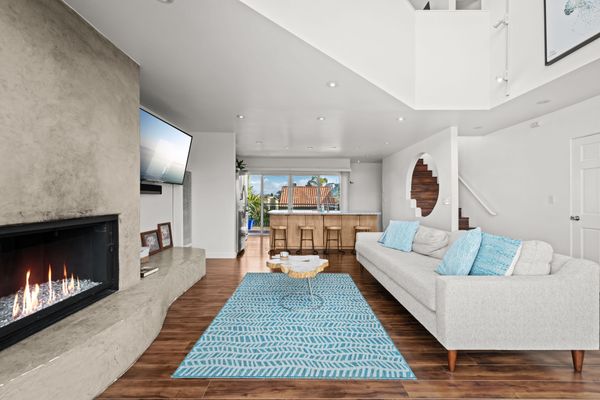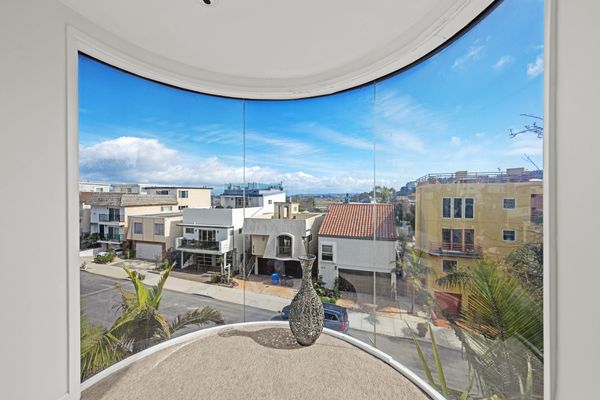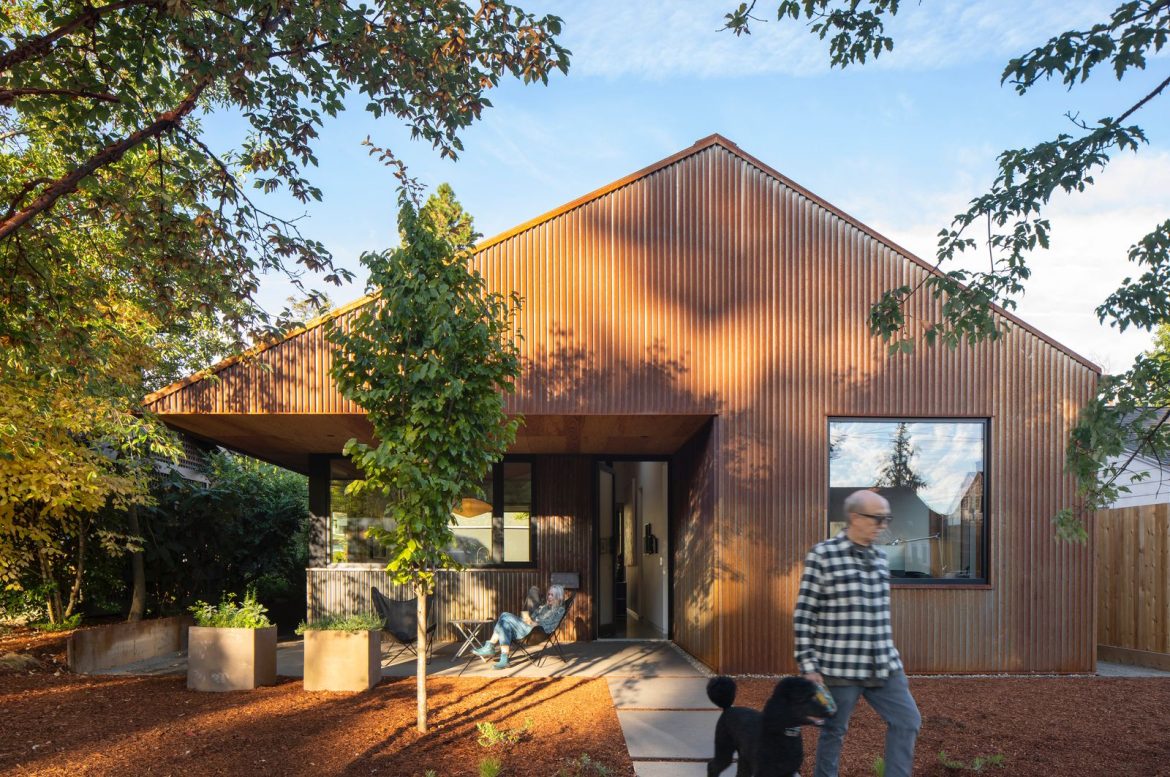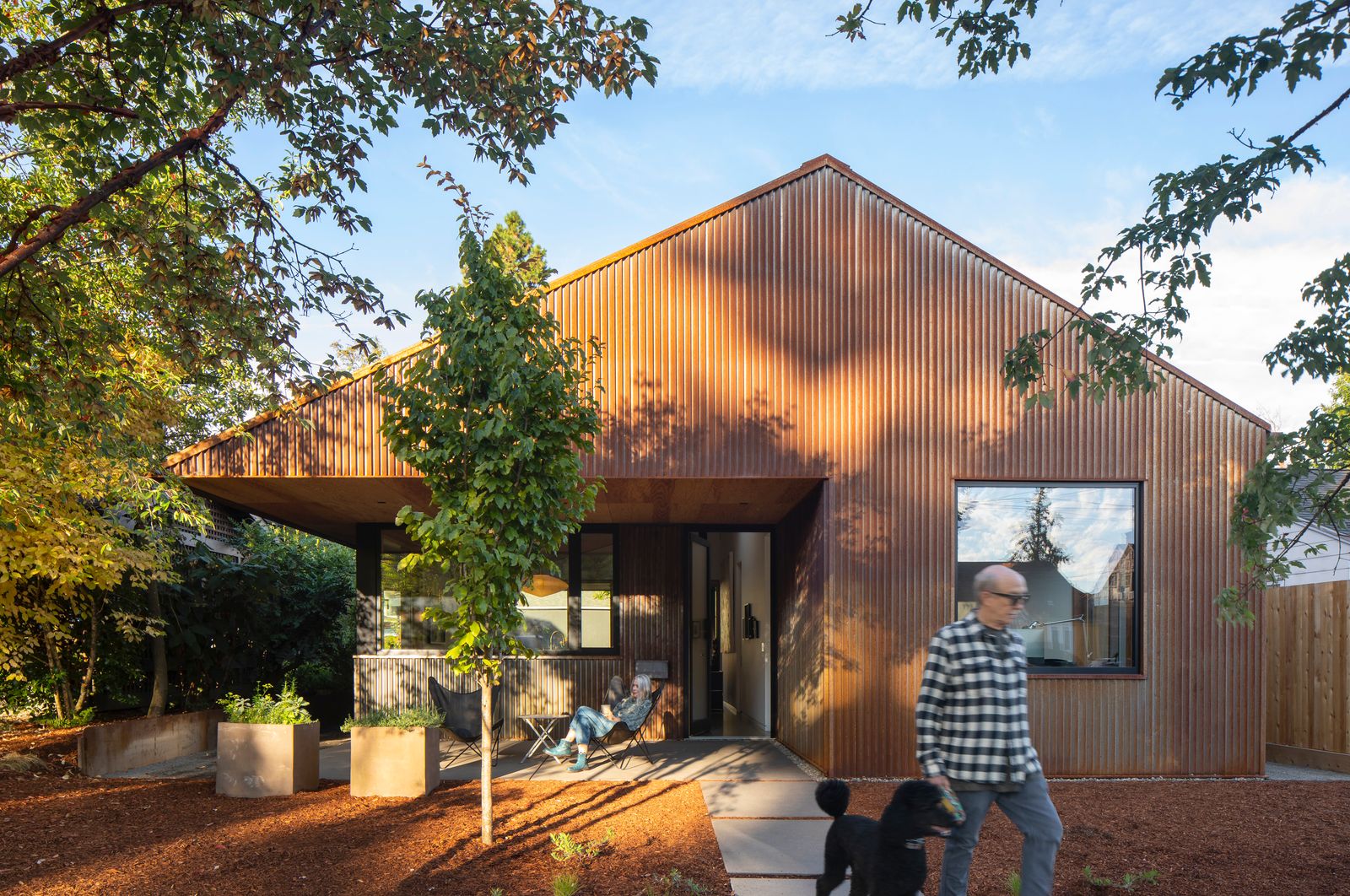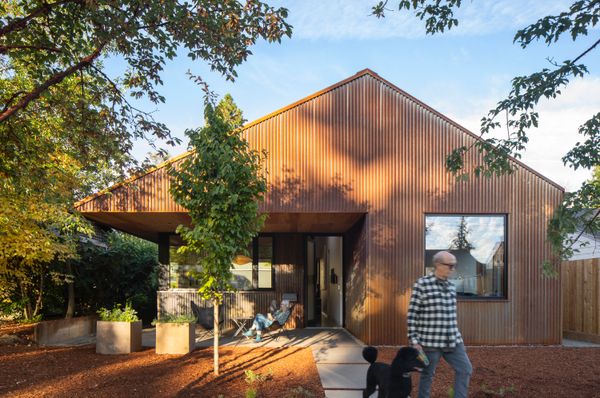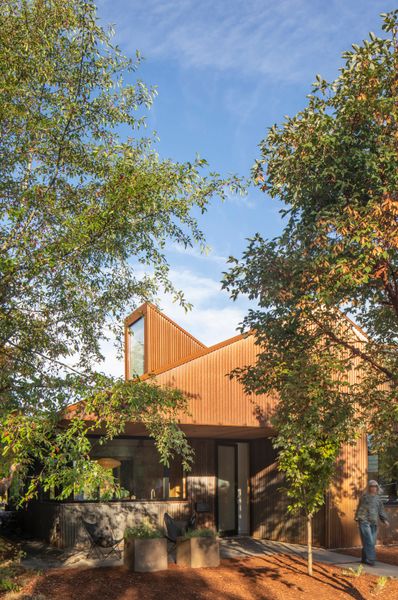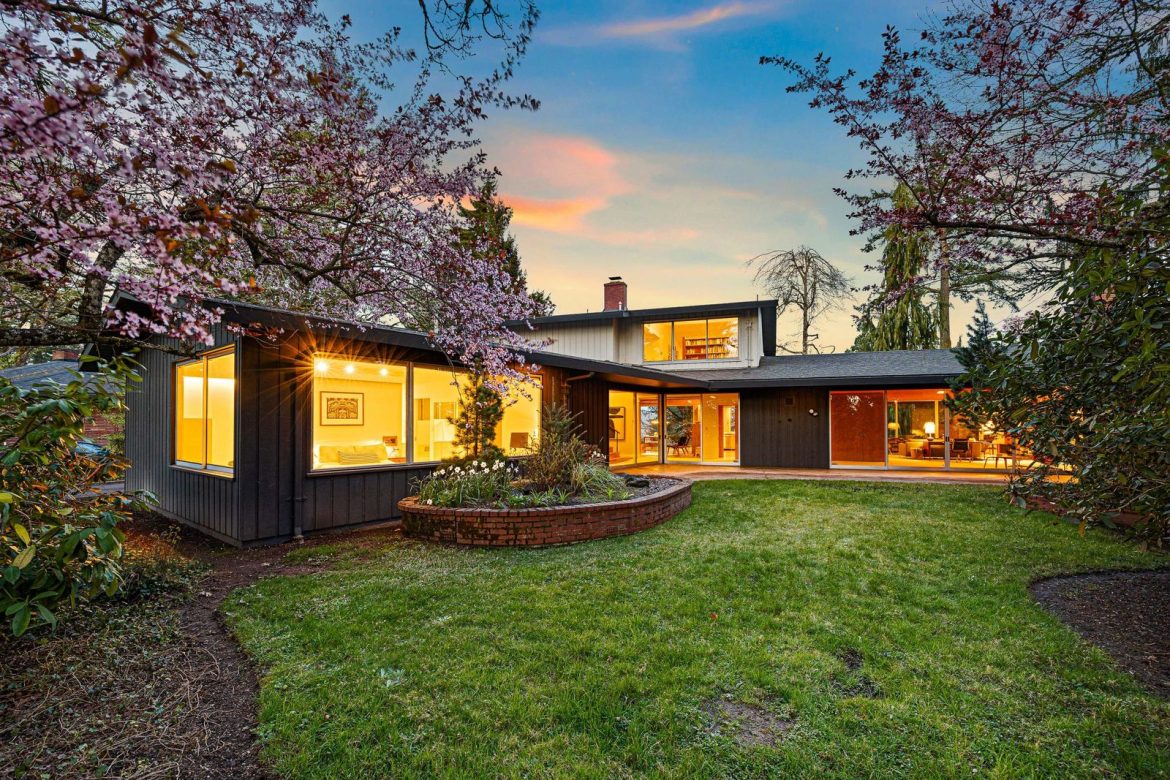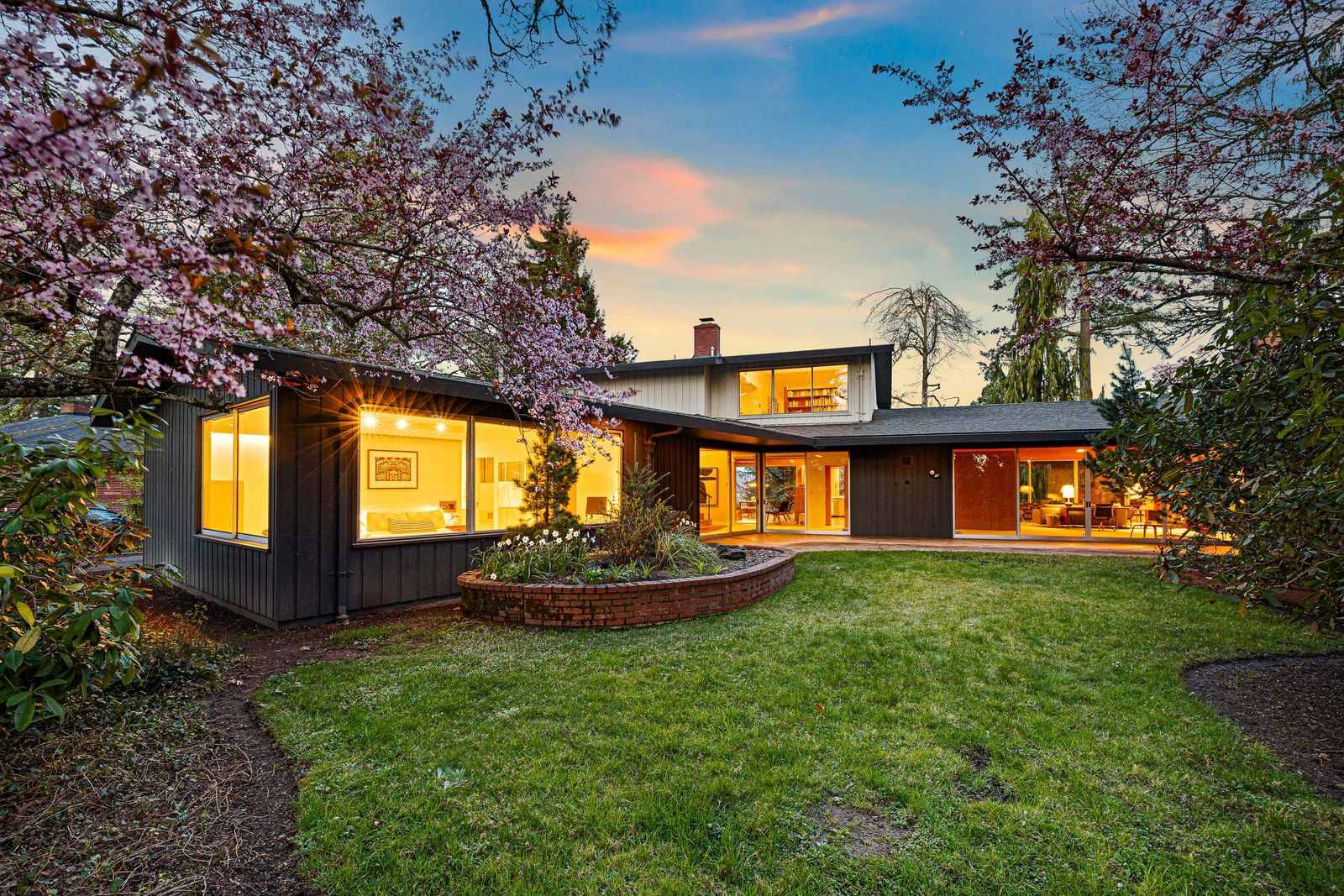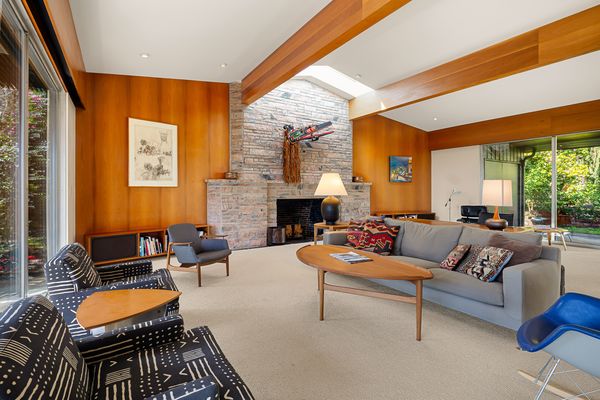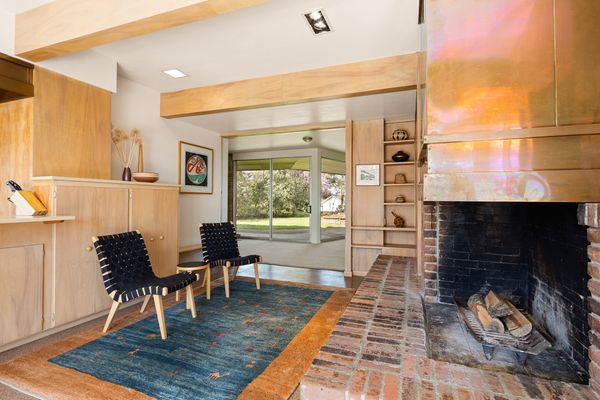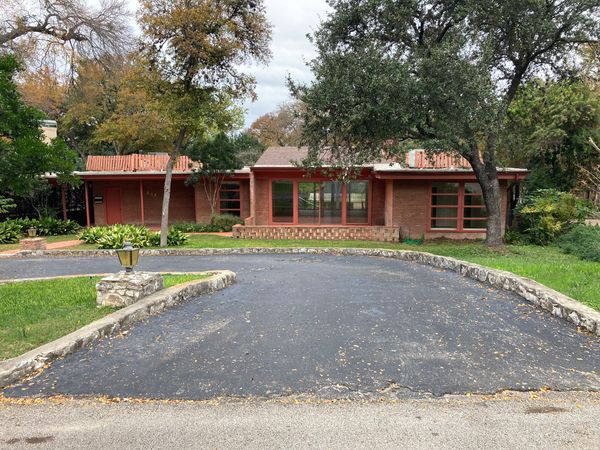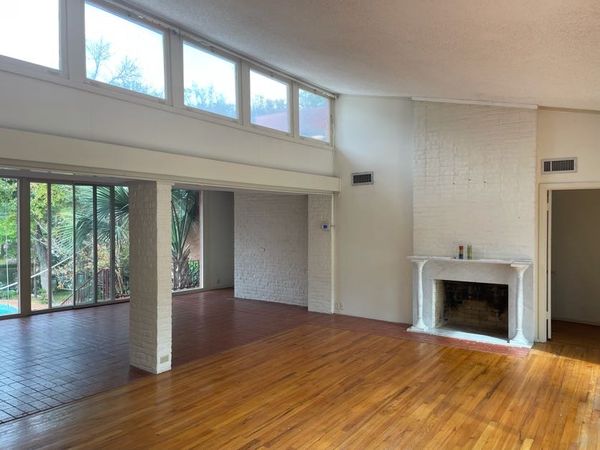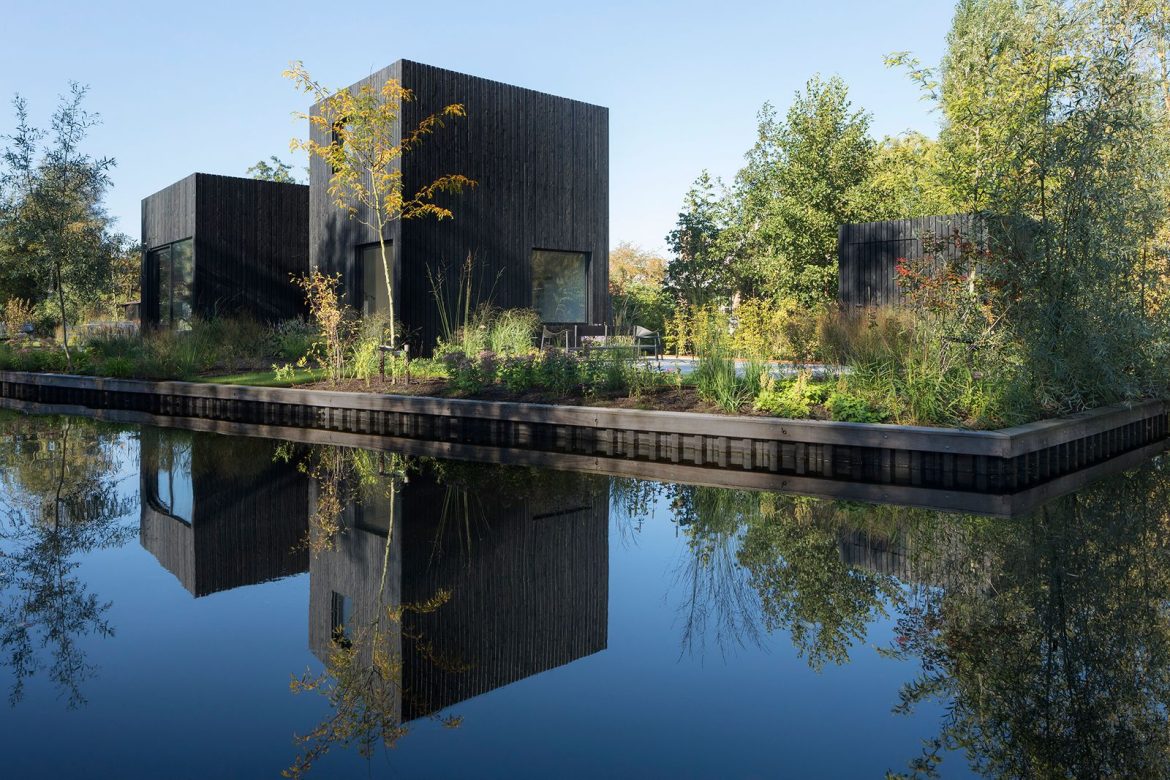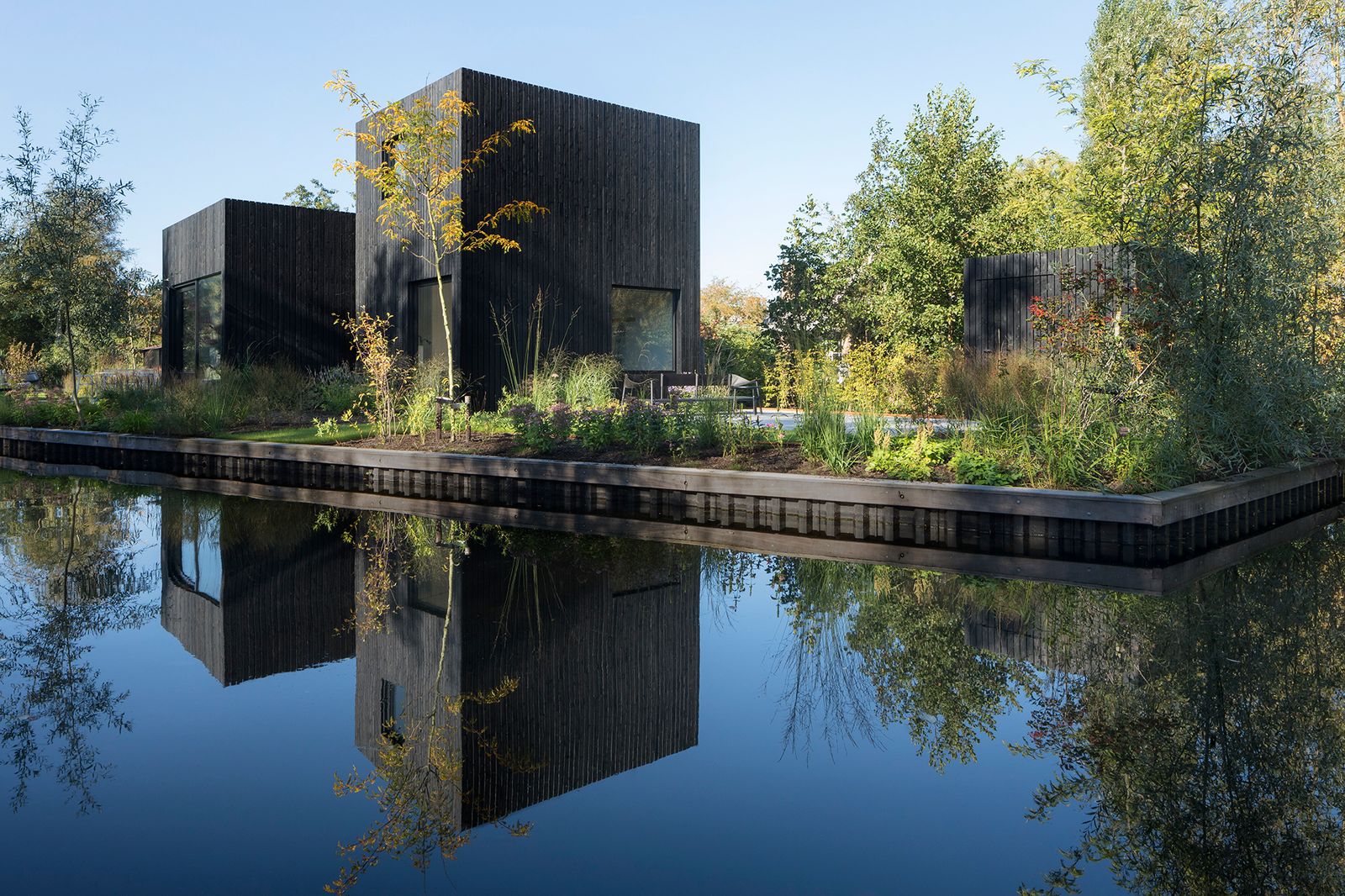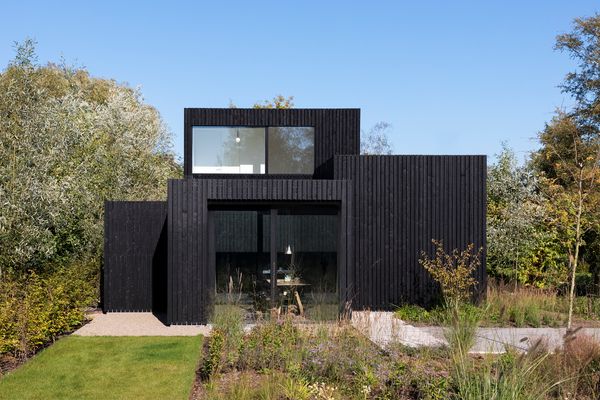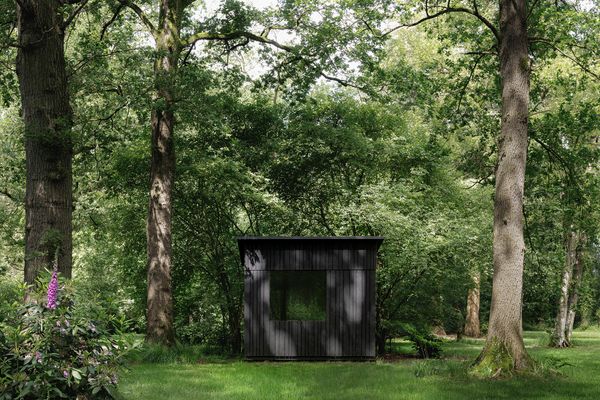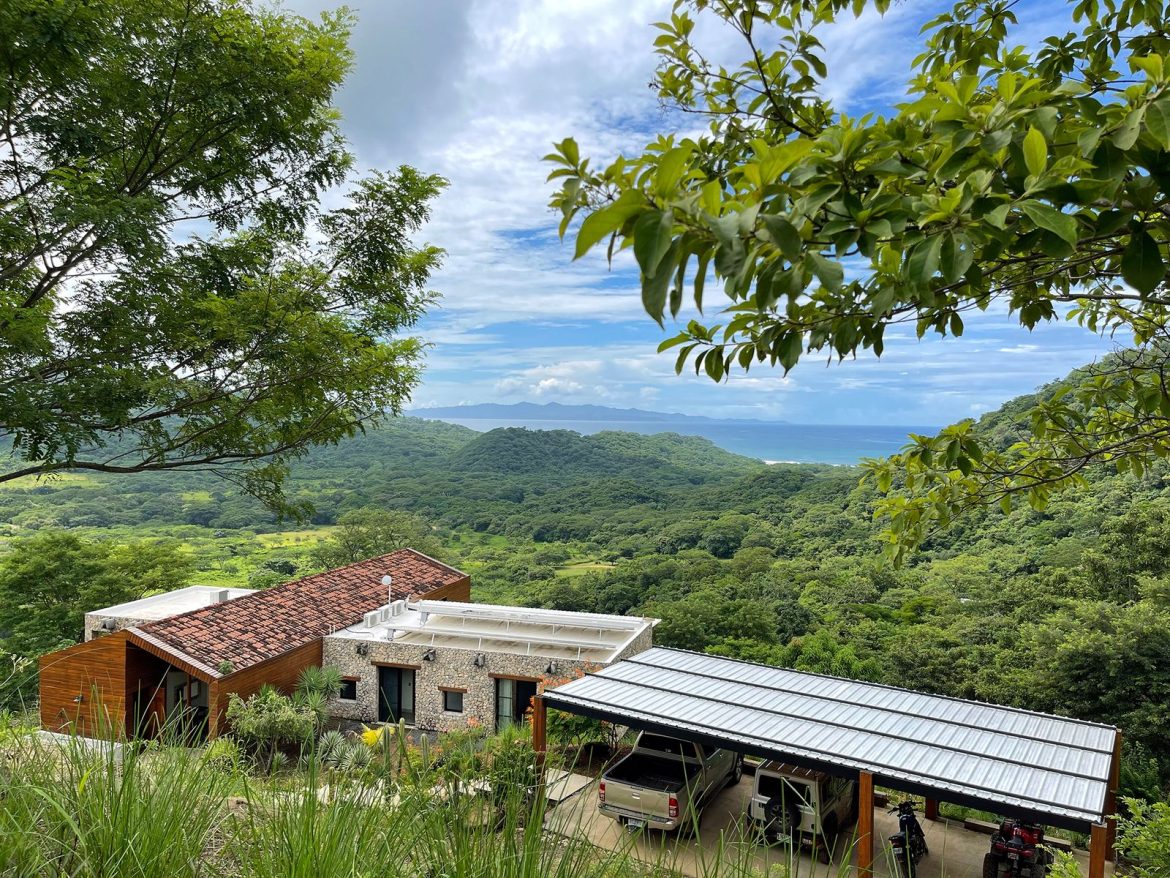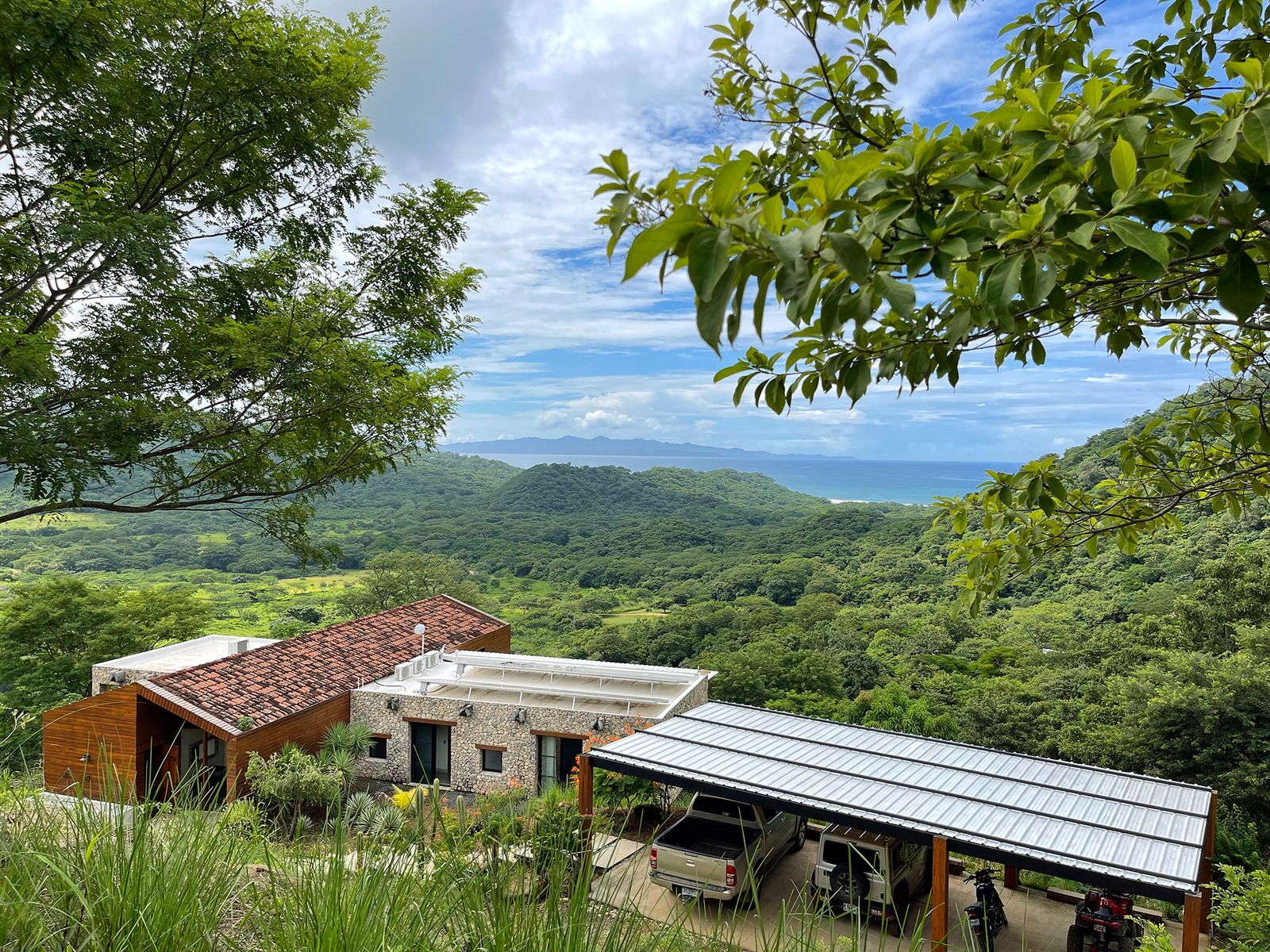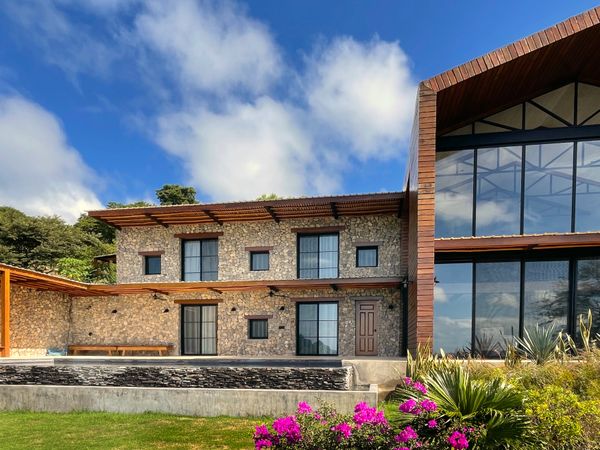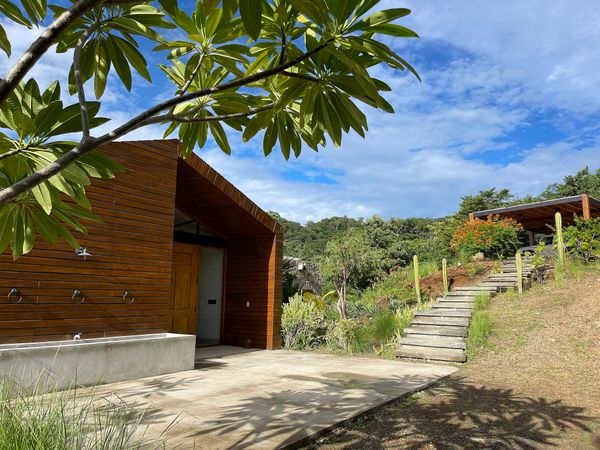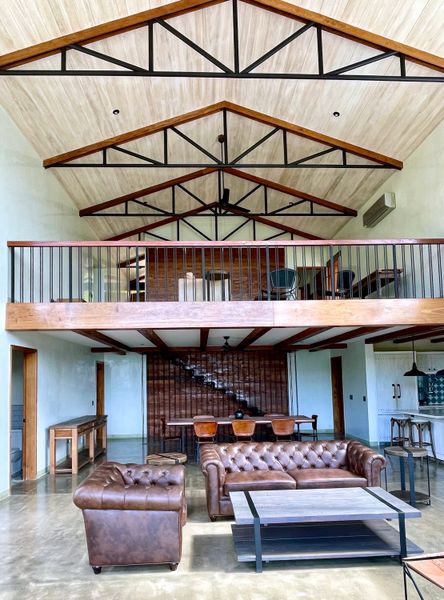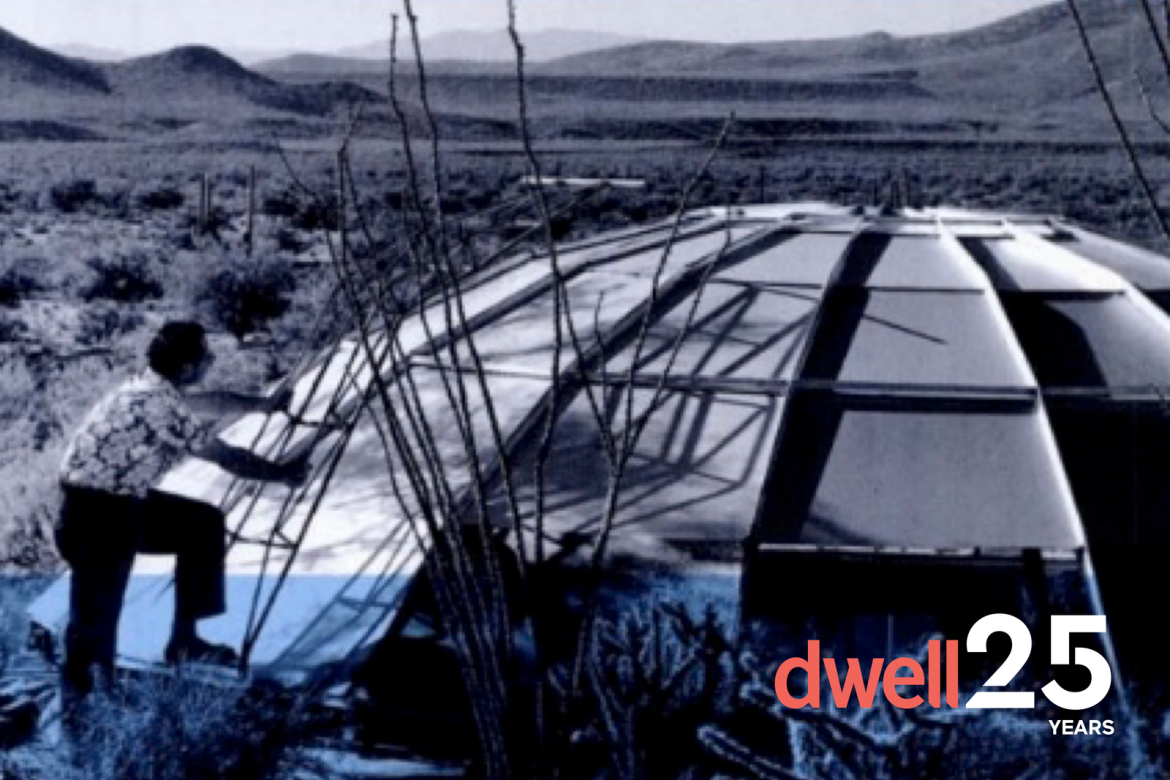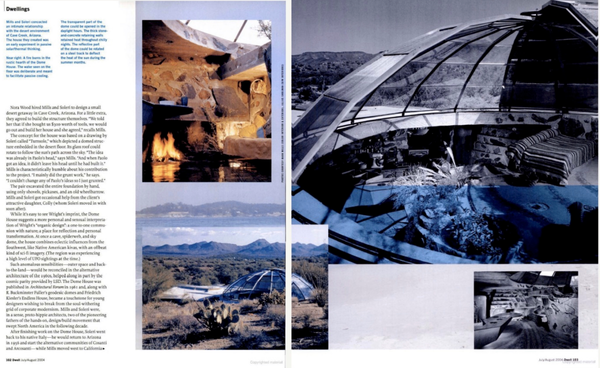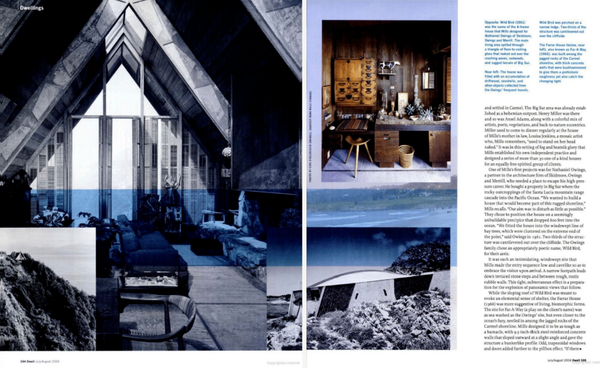Several builders are making promises they can’t keep—or never intended to—leaving buyers in the lurch and thousands of dollars poorer.
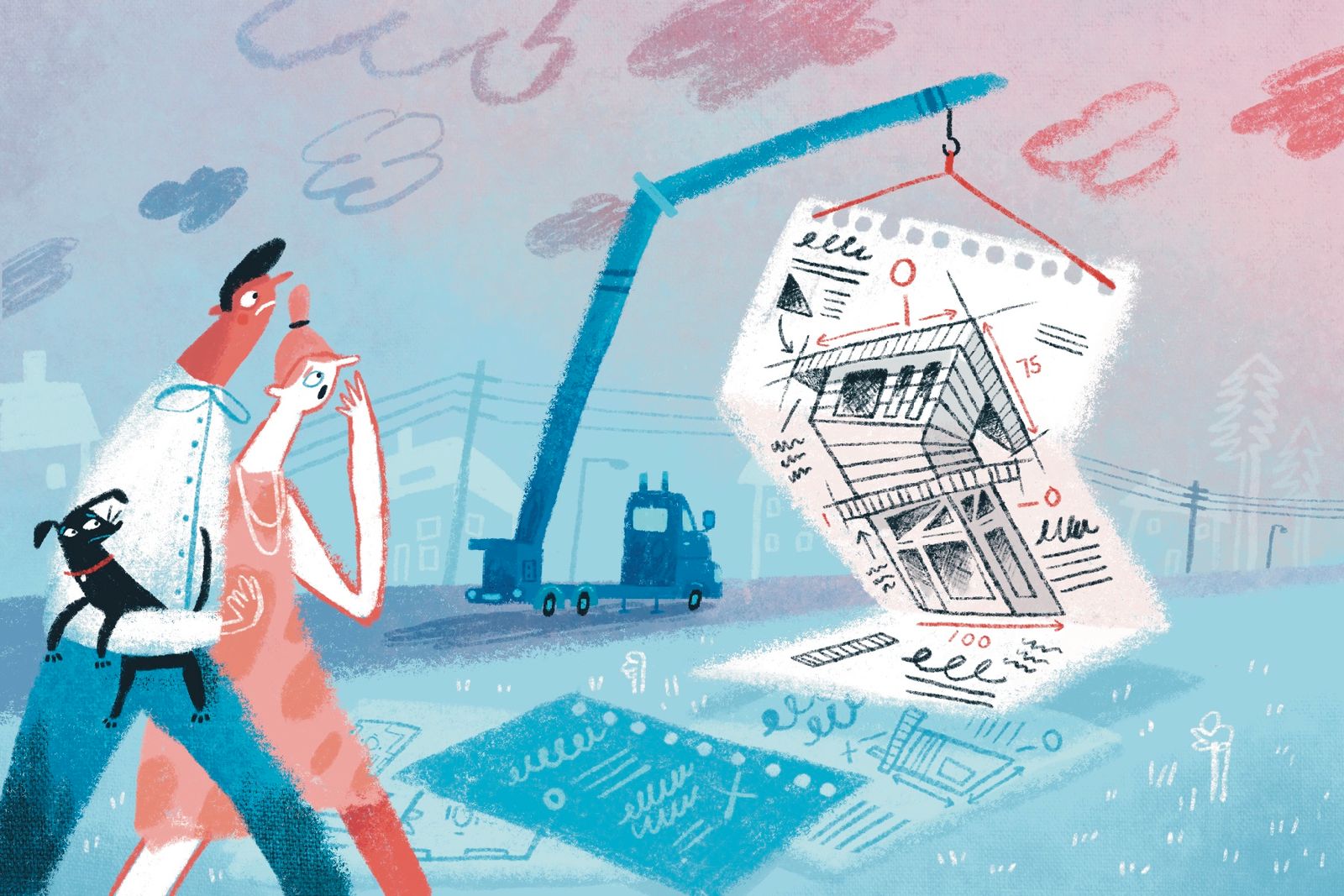
A few months ago, Vanessa Gibbons contacted Meka Modular, a San Jose, California, prefab builder, only to discover that something seemed off. She and her dad were planning on having an accessory dwelling unit (ADU) built in Joshua Tree, and Meka’s designs “were simple and affordable, so I reached out,” she told us via email. But after an initial phone call with the business owner, Gibbons received “an informal email saying he could have his accounting reach out for payment if I was ready to move forward. I replied asking for photos of projects built in the past year and have not received a response.”
Eventually, she did hear back. “As we changed all our models last year with a new line up [sic] we have none installed yet. We have numerous under permit currently and they should be installed in the field in the next few month [sic],” he wrote. The company “is not listed on the Better Business Bureau,” Gibbons says, and “has no pictures of actual houses, just renderings.”
Reddit threads echo her bewildering experience, including this comment from “jupiteroot” three years ago: “I had my ‘15 minute’ call with them 3 weeks ago and have not been able to get a single question answered since. My impression is that they will not go any further unless you pay the $2750 feasibility study fee.”
Supply, Demand, and Disorder
Over much of the last decade, ADU production has exploded, especially in California, in response to the housing crisis. (Dwell even built one of its own.) But with it has come countless ambitious small startups with big plans, many of which are exposing industry pitfalls that signal caution for consumers like Gibbons. As with Meka, which Dwell featured online in 2019, some provide eye-catching renderings that seemingly never materialize, while others have left a trail of unrefunded deposits on unproduced projects, financial falters, and even criminal fraud accusations. Sometimes, too, startups that belly up end up liquidating their assets or filing a type of bankruptcy that pays off investors first, leaving customers in the lurch.
Last year, for example, Multitaskr, an ADU builder formed in 2020 in Chula Vista, California, abruptly closed after its license was revoked and it was accused of bilking customers out of more than $15 million. Allegations posted on LinkedIn by a former employee, Anna Zúñiga, offer a rare glimpse into the company’s operating conditions. “Twenty ‘active’ projects had been stalled for over a year, with homeowners growing increasingly frustrated,” she wrote. “The problems ran deep: thirty projects from early 2020 didn’t have their plans submitted for permits within the originally provided timeline—a fact hidden from customers. Our construction team was too small to handle the workload, and cash flow problems prevented hiring additional staff.”
In January, Los Angeles, California, modular builder Connect Homes (who has advertised with Dwell and whose projects Dwell has covered) filed for liquidation after grappling with mounting debt, supply-chain issues, and an assembly line process that was too hard to continue financing. A family in Northern California who had paid more than $400,000 for an ADU, planned for delivery last June, said the company had “completely ghosted them” in November. (Connect has not responded to requests for comment.)

Connect Homes installs a home in Malibu after the Woolsey Fires.
Courtesy of Connect Homes
Before the company liquidated, Connect Homes cofounder Jared Levy gave a revealing interview early last year with Builder commenting on the future of prefab: “Right now, we are an industry that is uncomfortably stuck somewhere … between the construction process and an industrialized process,” he said. “If we want prefab to skew more toward being an industrialized product … we won’t get there through automation and robots. We will get there by changing the regulatory environment for building prefab homes. And when we do, someone can do their research, pick their manufacturer, order a house, and have it delivered the next week.”
Venturing Too Far Too Fast?
But it’s not that simple, yet. Permitting processes remain time-consuming, and can be especially challenging for ambitious new ADU builders. While venture capital can help get a company off the ground, many new prefab ADU builders borne by it are beholden to investors to scale up quickly to achieve returns, before they gain experience with the unique challenges of ADU development.
“Building the local relationships needed for efficient permitting and installation is critical,” says Noerena Limón, CEO of Casita Coalition, a California multisector nonprofit that works to advance middle housing. “The successful prefab builders understand this part of the work and set realistic expectations with investors on timelines for returns and the need for factory capacity to keep pace with customer commitments.”
One cautionary tale from the mid-2010s is that of Kasita, an Austin, Texas, start-up founded by environmental science professor turned entrepreneur Jeff Wilson that courted venture capital, raising $11.5 million in the process to fund its idea for affordable plug-and-play micro-housing. The concept was widely celebrated by the design community, and many expected it to “disrupt the urban landscape” and possibly revolutionize the housing industry. Eventually, Kasita was sold, and it never produced a single ADU.
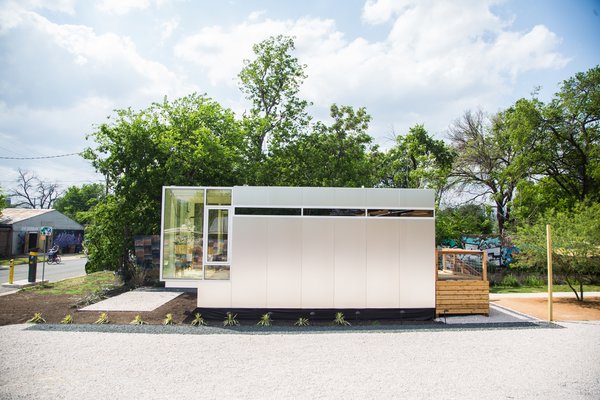
Prefabricated and stackable, Kasita’s units promised a solution to America’s affordable housing crisis.
Photo by Susannah Haddad
As Levy pointed out, the industry’s inherent challenges are already considerable; and through their lack of experience, venture capital backed home building start-ups might not be the best way to deliver prefab homes at scale to consumers because of the vagaries of the industry itself. “The idea of a construction company raising money from venture capital investors is relatively new,” says Liz Young, getting at the idea that this is still uncharted territory. Young is the founder of Realm, a, yes, venture-backed company, one that uses advanced technology and data analysis to help guide clients through construction processes, but does not build homes. Regardless, “modular and prefab is extremely promising and is one of the most affordable housing options, but we still need to mature the ADU ecosystem,” adds Limón.
Small Scale
Dan Fitzpatrick serves as president of the nonprofit Tiny Home Industry Association, whose members include owners of small traditional construction businesses in each state. The group advocates to legitimize tiny homes (which are sometimes prefab, and used as ADUs) as viable housing and promotes best practices. “If we hear of issues with bad actors, we try to get the word out,” says Fitzpatrick.
One notable “bad actor” in Colorado, Holy Ground Tiny Homes shuttered after filing for bankruptcy in 2022, leaving almost 200 former customers on the hook for $6 million. The company, which enjoyed status as a Christian nonprofit, had convinced them “… to pay full or partial deposits for tiny homes, delayed building those homes for months or years, and refused to refund the deposits,” according to Business Den. “Some Holy Ground victims, who are spread across the country, lost their life savings.”
You can almost hear Fitzpatrick shake his head over the phone.
In any case, he says more of his association members are getting into modular construction instead, “… for multiple reasons, including better acceptance of the product they’re creating by local building officials, and more efficient use of labor. Also, more and more, the ability to re-use modules when deconstructing a home is a plus.”
“Modular and prefab is extremely promising and is one of the most affordable housing options, but we still need to mature the ADU ecosystem.”
—Noerena Limón, housing advocate
ADU Due Diligence
Like many of his peers, Fitzpatrick has noticed a proliferation of dubious online advertising through third-party vendors, including Amazon, hawking ADU and tiny house kits. For example, the Las Vegas, Nevada, company Boxabl advertises, solicits investment, and even promotes an “affiliate program” that rewards online user engagement—all through social media platforms. Lauded by the likes of Elon Musk, who purchased one of its “casitas” in 2022, the company has faced much scrutiny since first delivering 156 of its units to Guantanamo Bay, Cuba, in 2020. Last year, the SEC charged a former employee for fraudulently offering securities in the company. (Boxabl has not responded to a request for comment.)
“What consumers need to ascertain before they click the buy button is—are they getting a shed in a box or a unit that meets the building code requirements in their municipality?” says Fitzpatrick. That applies in the real world, too: “They need to ask up front, to what standard are they being built and what independent firm is certifying it? That separates the wheat from the chaff.”
While navigating the ADU market may seem fraught with risk, prospective consumers can do much to educate and protect themselves. “People should attend some sort of workshop to understand costs, contracts and timelines,” says Limón, of Casita Coalition. “Vet builders carefully, make sure they have experience in your local jurisdiction; avoid all-in pricing before site evaluation; request to see local completed projects [as Vanessa Gibbons did]; read contracts thoroughly and look for clear scope milestones and refund policies; avoid large up-front payments.”
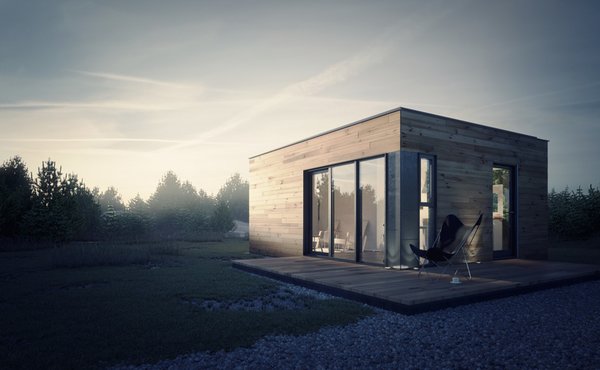
See the full story on Dwell.com: Buying a Prefab ADU Was Supposed to Be Easier Than This
Related stories:
